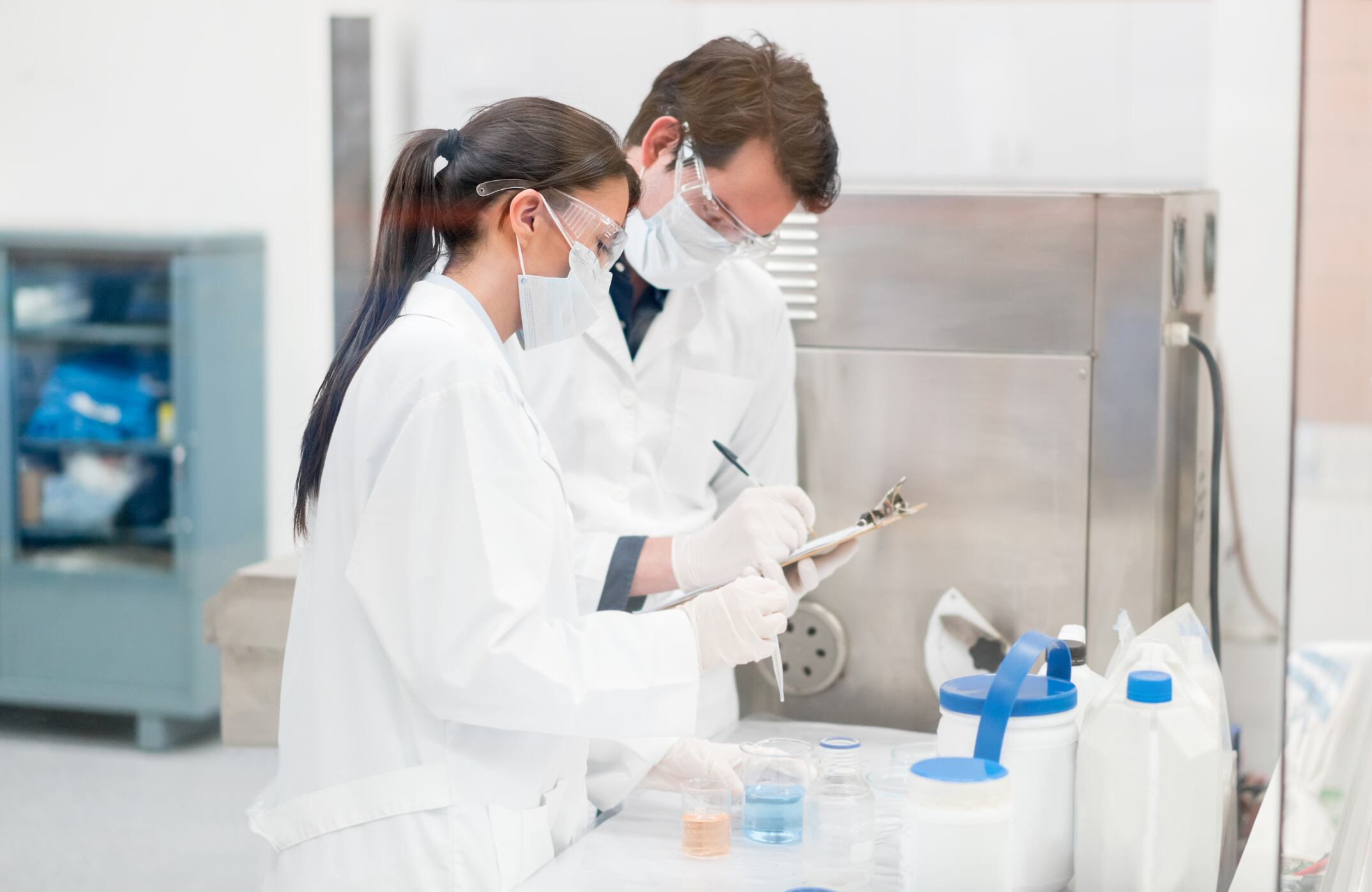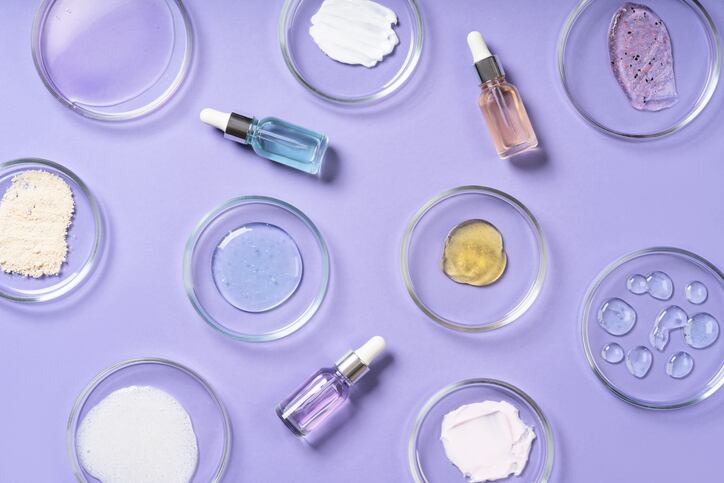CosmeticsDesign attended SenzaGen’s recent webinar, "Overcoming Challenges in Skin Sensitization Testing with GARDskin” to better understand the important implications of this innovative testing method for cosmetics and personal beauty care product manufacturers and suppliers. Product testing is a crucial step to successful product formulation, branding, and market launch, and innovation in this area is always essential to ensuring the safety and satisfaction of end users.
SenzaGen, a company who “provides high-performance, nonanimal test methods and innovation and consulting services based on the latest technology” as detailed on their website, offered the webinar as an educational opportunity to cosmetics and personal beauty care industry professionals as a means of better understanding a newly available testing method for product safety.
The webinar featured multiple speakers who provided attendees with an informed discussion on “challenges in skin sensitization testing and present new scientific data on agrochemical formulations, ‘difficult-to-test’ substances, potency assessment and the potential to further broaden the applicability of the GARD assay to assess the endpoint of photosensitization.”
The GARD method developed by SenzaGen is an “in vitro test based on a human dendritic-like cell line, a set of genes and a prediction model developed using machine learning technology." As detailed on their company website, SenzaGen hopes to innovate product testing "by utilizing advanced processing tools in combination with high information genomic data to provide a test method with a better predictive accuracy than today’s animal-based methods.”
We interviewed presenter Gretchen Ritacco, Principal Scientist at the Research Institute for Fragrance Materials (RIFM), for further insight into her portion of the webinar presentation, which addressed the potential applications of GARDskin and projected impact of the new technology for the cosmetics and personal beauty care product manufacturing industries.
CDU: How will GARDskin Dose-Response for Photosensitization potentially impact future product formulation in the cosmetics and personal beauty care industries?
GR: We are in the early stages of this research. But we could potentially use this assay to determine if an ingredient is a photoirritant or a photosensitizer. The distinction is important because we can set concentration limits for photoirritants – limiting how much of that ingredient can be used in a final formulation to prevent a skin reaction in consumers. However, historically, photosensitizers (sometimes called photoallergens) have been banned by the fragrance industry.
CDU: Is photosensitization testing a concern for manufacturers and suppliers to the cosmetics and personal beauty care industries? Why or why not?
GR: Photosensitization or photoallergy is considered quite rare today. However, in the past, fragrances like musk ambrette or non-fragrance ingredients like salicylanilides in soaps caused photoallergy. Those fragrances and ingredients are now banned. The Research Institute for Fragrance Ingredients (RIFM) includes photoallergenicity as one of the human health endpoints we look at when we assess the safety of fragrance materials.
CDU: Is the GARDskin Dose-Response for Photosensitization method a more cost-effective option for suppliers and manufacturers testing product formulations for photosensitization than other currently available testing methods?
GR: There are no approved in vivo or in vitro tests for photoallergenicity. The GARDskin Dose-Response for Photosensitization assay would be a more cost-effective test.
More critically, it may represent an alternative test that does not use animals, which is a commitment that RIFM has made. Further, it is a way forward when we are concerned that an ingredient could cause photosensitization, where there is no practical way forward right now.
CDU: Is GARDskin Dose-Response for Photosensitization considered to be an innovative testing method for cosmetics and personal beauty care formulation ingredients? Why or why not?
GR: Yes, GARDskin Dose-Response for Photosensitization is considered innovative. In addition to being an animal alternative test method (“new approach methodology” or NAM), GARDskin Dose-Response for Photosensitization is also innovative in its holistic approach.
GARDskin Dose-Response for Photosensitization looks at more than one piece of the puzzle, not just one of the key events in the adverse outcome pathway that leads to photoallergy. Instead, it looks at a genomic biomarker signature, incorporating all the events leading to photoallergy.
CDU: Does the GARDskin Dose-Response for Photosensitization methodology solve any problems currently facing cosmetics and personal care product manufacturers?
GR: We still need more testing, but this assay may be a non-animal test that could tell us whether a material might cause photoallergy. Currently, there are no widely available in vitro methods to evaluate that.
CDU: Does the RIFM have any plans to conduct further testing of the GARDskin Dose-Response for Photosensitization soon, or plans to expand the technology’s applications in the near future?
GR: Yes, RIFM will conduct more testing of the GARDskin assay with more reference materials to confirm that the assay performs as expected. Some of that work is complete, and we plan to present it at the Society of Toxicology’s 62nd Annual Meeting later this month in Nashville.
CDU: Were there any surprising results from the initial testing?
GR: Initially, the results were hard to interpret. Then, we worked closely with scientists at SenzaGen, the company that invented the assay, and realized that if we looked at cytotoxicity in addition to the standard output of the assay, it enabled us to distinguish between materials that are photoirritants and materials that are photoallergens.
CDU: Were there any challenges in testing the GARDskin Dose-Response for Photosensitization methodology?
GR: The project was challenging because no one had used the GARDskin assay for photosafety. First, we had to determine if the cells in the assay, Senza cells, could handle irradiation and then identify the appropriate irradiation dose. We wanted to mimic what happens when a consumer is exposed to irradiation from the sun’s rays.
Then, we had to test reference materials. Reference materials are materials that we already know a lot about in terms of photosafety. We know what to expect from reference materials, so they are essential for assessing whether a test confirms what we already know about a material. These were just a few of the challenges we faced when we started this project.



